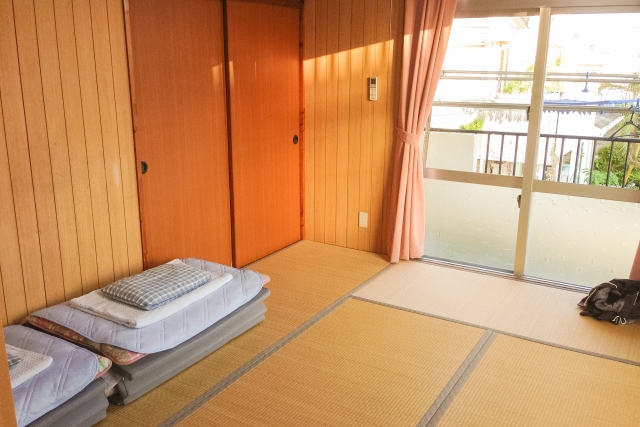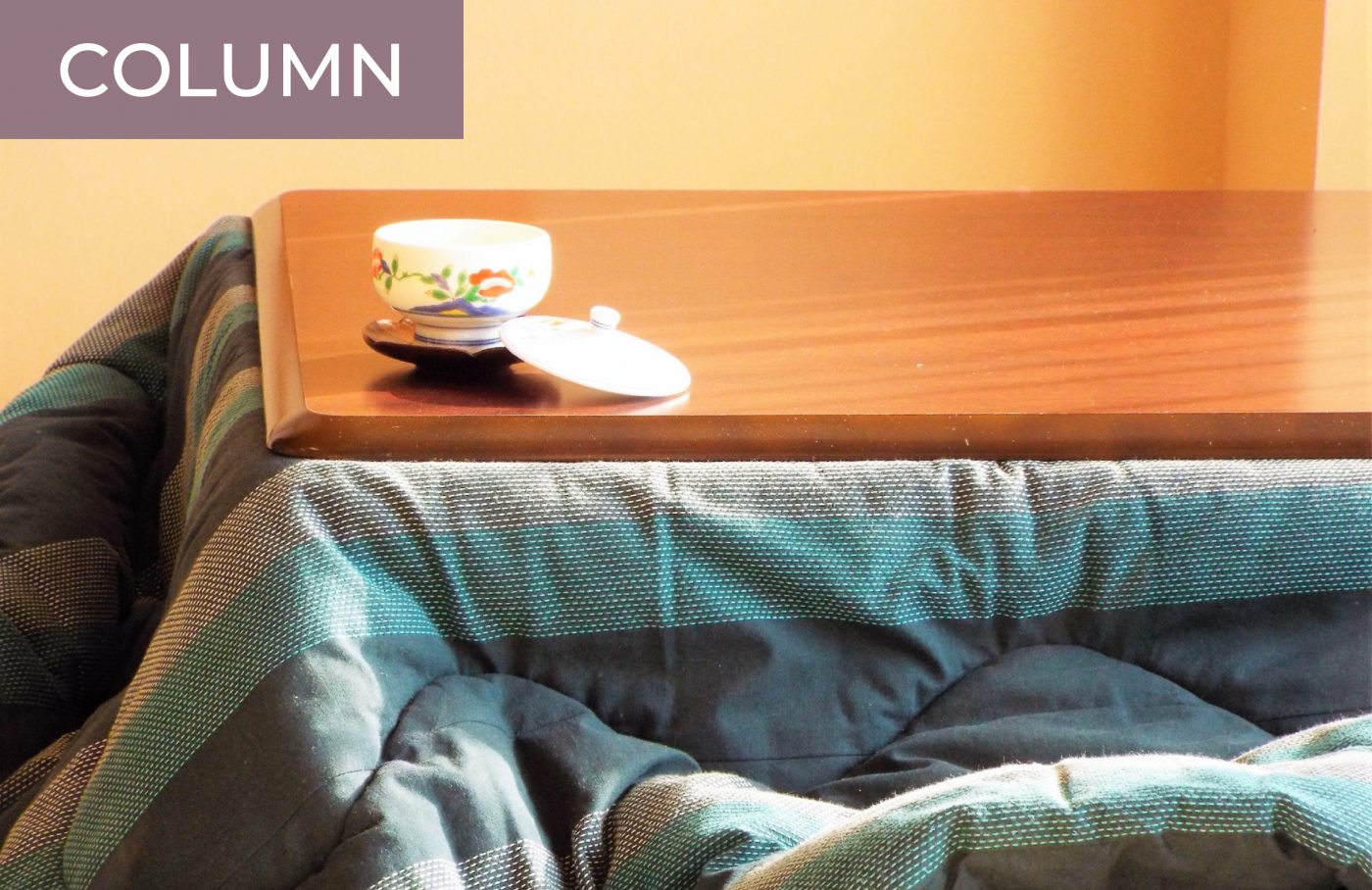The community of French residents in Japan often uses a funny word to describe and make fun of the French people who “want to be more Japanese than the Japanese.” They use the word “tatamisé,” which could be translated as “tatamized” – from the Japanese word tatami.
As far as home furniture is concerned, I must admit I am guilty. I am entirely “tatamisée” in the strict sense of the word: my bedroom has tatami flooring. I fell in love with the tatami when I first came to Japan about 15 years ago as an exchange student. I was sharing a student apartment with another European girl. She had arrived earlier and had chosen to sleep in the room with wooden flooring, leaving me the tatami room. That is where I set foot on the famous rice straw mats for the first time and fell in love with them.
I moved to a new Tokyo apartment about two years ago. One of the criteria I was adamant about during my search was to have one room with wooden flooring and one room with tatami mat flooring. It was not so easy in the capital. Nowadays, Japanese-style rooms tend to disappear because the Japanese now prefer to sleep in a bed and live in Western-style rooms with wooden flooring. Why do I like tatami so much? First, because they feel fresh under the feet in summer and warm in winter. I also like how they smell (although when I talk with other foreign friends, the tatami smell seems to be a divisive topic). I appreciate them even more now that a tatami maker has taught me their many qualities regarding humidity and allergies.

Another reason for preferring tatami (and further proof of my “tatamization”) is that I sleep in a futon. In the West, a futon may have an image of being not very comfortable. However, modern Japanese home furniture shops provide specific mattresses to put under the futon itself. I find the result as comfortable as any regular bed mattress. For some reason, I have grown fond of sleeping close to the floor. However, I admire the inventiveness of Japanese beds that also make for great storage spaces. Apartments in big Japanese cities can be relatively small, and anything that can help save some extra space is good. A futon is suitable for that, too, since you are supposed to fold it neatly and, if possible, store it somewhere during the day.
The last traditional furniture item I have happily adopted is the kotatsu. A kotatsu is a kind of low table that doubles as a heater and on which you can put a sort of thick blanket (see this article’s main picture for reference). Compared to European houses, I find Japanese home insulation pretty bad. I miss the central heating (in Japan, it is the air conditioner that doubles as a heater in most cases). So for me, kotatsu is the most fabulous place on earth to be during the colder days. Once your legs and feet are under the warm table, you may never want to get out again.
Japanese friends are often surprised because my kotatsu is not in my tatami room, but my living room. I think it goes well with my sofa and other Western-style furniture. On top of that, many traditional items from different areas in Japan share space with the books on my shelves. Add to this folkcraft toys here and there and Kaku-san’s calligraphy, and I cannot hide my love for traditional Japanese stuff. In the end, I guess my home reflects outwards what I am trying to do inwards: conciliating the best of both cultures, the one I am from and the one I am living in now.




